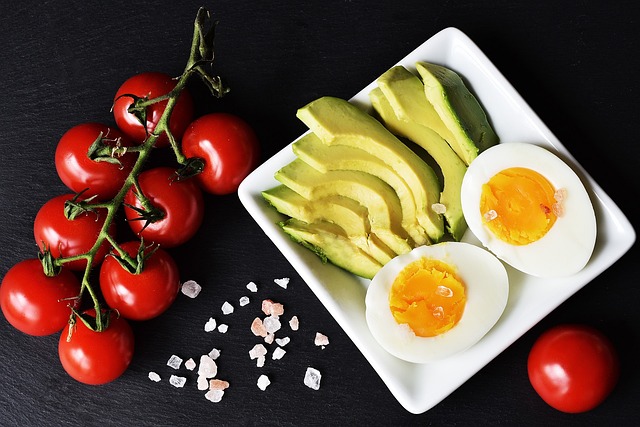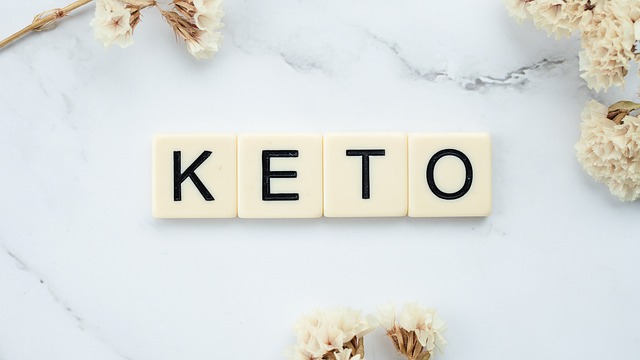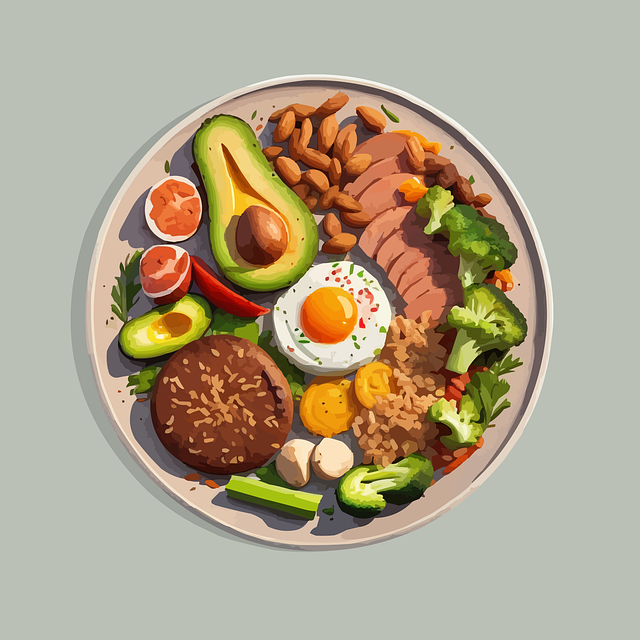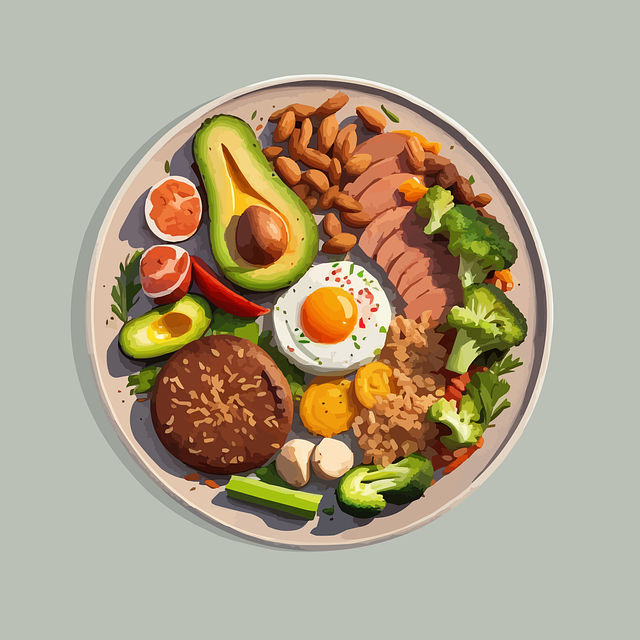Have you ever wondered what types of foods you should be eating and avoiding on the keto diet? Well, you’re in luck! In this article, we’ll dive into the main foods that are recommended to eat and those that are best to avoid. By the end, you’ll have a better understanding of how to structure your meals and make healthier choices that align with the principles of the keto diet.
When it comes to the keto diet, it’s all about consuming low-carb, high-fat foods. This means you’ll want to focus on foods that are rich in healthy fats, such as avocados, nuts, and seeds. These foods can help keep you feeling full and satisfied while still providing the fuel your body needs. On the other hand, you’ll want to steer clear of foods that are high in carbohydrates, as they can interfere with your body’s ability to reach a state of ketosis. This means cutting back on starchy foods like bread, pasta, and rice, as well as sugary treats and beverages. In the next paragraphs, we’ll cover the specifics of what foods to include and exclude from your keto diet to help you be successful on your journey to better health. So, keep reading to learn more!

Keto Diet Overview
The Keto Diet, also known as the Ketogenic Diet, has gained popularity in recent years due to its promising results in weight loss and improved health. This low-carb, high-fat diet aims to put your body into a state of ketosis, where it burns fat for fuel instead of carbohydrates. In this article, we will provide an overview of the keto diet, including what it is, how it works, and the benefits it offers.
What is the keto diet?
The keto diet is a low-carb, high-fat diet that focuses on reducing your carbohydrate intake and replacing it with fat. By significantly reducing carbs, your body is forced to use fat as its primary source of energy, which results in weight loss and various health benefits. Typically, the macronutrient ratio for a standard keto diet is 75% fat, 20% protein, and only 5% carbohydrates.
How does the keto diet work?
When you consume carbohydrates, your body breaks them down into glucose, which is used as a primary source of energy. However, in the absence of carbohydrates, your body starts breaking down fat into ketones in the liver. These ketones then become the main source of fuel for your body and brain, resulting in a state called ketosis, which leads to weight loss and other positive health outcomes.
Benefits of the keto diet
The keto diet offers several benefits beyond weight loss. Here are some of the main advantages:
-
Weight loss: By reducing your carbohydrate intake and increasing fat consumption, your body burns stored fat for energy, leading to effective weight loss.
-
Improved mental focus: Ketones provide a steady source of fuel for the brain, which can improve mental clarity and focus.
-
Increased energy levels: As your body becomes efficient at burning fat, you may experience a steady supply of energy throughout the day.
-
Reduced inflammation: The keto diet may help reduce inflammation in the body, which has been linked to various chronic diseases.
-
Lowered blood sugar levels: By minimizing carbohydrate intake, the keto diet can help improve insulin sensitivity and blood sugar control.
-
Reduced risk of heart disease: The keto diet can improve heart health by increasing HDL (good) cholesterol and reducing triglyceride levels.
Foods to Eat on the Keto Diet
When following the keto diet, it’s essential to know which foods you can include in your meal plan. Here are the main food groups to focus on:
Healthy fats
Healthy fats should constitute the largest portion of your daily calorie intake on a keto diet. Examples of healthy fats include avocados, olive oil, coconut oil, butter, and fatty fish like salmon.
Protein sources
Including protein in your diet is essential for muscle growth and repair. Opt for high-quality sources like lean meats, poultry, fish, and eggs. Be mindful of the protein portions you consume, as excessive protein intake can hinder ketosis.
Low-carb vegetables
While most vegetables are low in carbohydrates, some are particularly suitable for the keto diet. Dark green leafy vegetables such as spinach, kale, and broccoli are excellent choices. Avoid starchy vegetables like potatoes and corn, which are higher in carbs.
Dairy products
Dairy products can be consumed in moderation on a keto diet. Opt for full-fat options like cheese, cream, and yogurt. However, be cautious with milk, as it contains lactose, a sugar that can add up carbs quickly.
Nuts and seeds
Nuts and seeds are excellent sources of healthy fats and can contribute to your fat intake. Almonds, walnuts, chia seeds, and flaxseeds are all keto-friendly options. Just be mindful of portion sizes, as they can be calorie-dense.
Avocado
Avocado is a staple on the keto diet due to its high-fat content and low carbohydrate count. It can be enjoyed on its own, added to salads, or used as a base for keto-friendly sauces and dips.
Berries
Berries, such as strawberries, raspberries, and blackberries, are relatively low in carbs compared to other fruits. They can add color and flavor to your meals while still allowing you to stay within your carbohydrate limits.

Foods to Avoid on the Keto Diet
Equally important to know are the foods you should avoid or limit on the keto diet. Here are some to steer clear of:
High-carb fruits
While fruits are generally healthy, some are high in carbohydrates and can hinder ketosis. Fruits to avoid or consume in moderation include bananas, grapes, mangoes, and pineapples.
Grains and starches
Grains and starches are high in carbohydrates and should be avoided on the keto diet. This includes bread, rice, pasta, oats, and starchy vegetables such as potatoes and corn.
Sugar and sugary foods
Sugary foods, such as candy, soda, pastries, and sugary cereals, are packed with carbohydrates and should be eliminated entirely from your diet.
Processed foods
Avoid processed foods as they often contain hidden sugars and unhealthy fats. These include packaged snacks, chips, fast food, and most pre-packaged meals.
Legumes and beans
Legumes and beans, such as lentils, chickpeas, and black beans, are high in carbohydrates and should be avoided on the keto diet.
Alcohol
Alcohol consumption can be challenging on the keto diet. Most alcoholic beverages contain carbohydrates and can kick you out of ketosis. If you do choose to drink, opt for low-carb options like dry wine, spirits, or light beers in moderation.
Sugary beverages
Sugary beverages like soda, juices, energy drinks, and sweetened coffee or tea should be avoided due to their high sugar content.
Meal Planning on the Keto Diet
Meal planning is essential to ensure you’re meeting your macronutrient requirements and staying within your desired calorie range. Here are some tips for successful meal planning on the keto diet:
Understanding macronutrient ratios
Familiarize yourself with the macronutrient ratios for the keto diet: 75% fat, 20% protein, and 5% carbohydrates. Use a food tracking app to help you monitor and adjust your macronutrient intake accordingly.
Creating a balanced meal plan
A balanced keto meal plan should include a variety of healthy fats, lean proteins, and low-carb vegetables. Aim to incorporate different colors and flavors to keep your meals interesting and satisfying.
Sample keto meal plan
Here’s an example of a keto meal plan for a day:
- Breakfast: Scrambled eggs cooked in butter with spinach and avocado slices.
- Snack: Handful of mixed nuts.
- Lunch: Grilled chicken breast with a side of steamed broccoli and cauliflower, drizzled with olive oil.
- Afternoon snack: Celery sticks with almond butter.
- Dinner: Baked salmon with roasted asparagus and a side salad with olive oil and vinegar dressing.
- Evening snack: Berries with a dollop of full-fat whipped cream.

Tips for Success on the Keto Diet
To ensure success on the keto diet, consider following these tips:
Staying hydrated
Drinking enough water is crucial for overall health and can help alleviate common side effects of the keto diet, such as constipation and dehydration. Aim to drink at least 8 cups (64 ounces) of water per day.
Tracking macros
Keep track of your macronutrient intake using a food tracking app or journal. This will help you stay on track and ensure you’re meeting your desired ratios.
Meal prepping
Preparing your meals in advance can save you time and ensure you have keto-friendly options readily available. Plan your meals for the week, grocery shop accordingly, and set aside time to prep your meals and snacks.
Reading food labels
Familiarize yourself with reading food labels to identify hidden sources of carbohydrates and sugars. Be mindful of serving sizes and the net carbohydrate content of packaged foods.
Managing keto flu symptoms
Due to the drastic reduction in carbohydrates, some individuals may experience flu-like symptoms during the initial stages of the keto diet. These symptoms, known as “keto flu,” can be managed by staying hydrated, consuming electrolytes, and gradually easing into the diet.
Potential Risks and Side Effects
While the keto diet can be beneficial for many, it’s important to be aware of potential risks and side effects:
Nutrient deficiencies
Restricting certain food groups, such as fruits, grains, and legumes, can result in nutrient deficiencies if not properly managed. It’s essential to ensure you’re getting a variety of nutrient-dense foods and considering supplementation if necessary.
Keto flu
As mentioned earlier, some individuals may experience temporary flu-like symptoms when starting the keto diet. These symptoms, including fatigue, dizziness, and headache, can be alleviated by following the tips mentioned earlier.
Gastrointestinal issues
The high fat content of the keto diet can cause digestive issues for some individuals, such as diarrhea and constipation. Increasing your fiber intake from low-carb vegetables can help prevent or alleviate these symptoms.
Harmful effects on certain medical conditions
Individuals with certain medical conditions, such as pancreatitis, liver disease, or gallbladder disease, may need to avoid or modify the keto diet. It’s crucial to consult with a healthcare professional before starting any new diet.
Lack of long-term studies
While the keto diet has shown promising results in the short-term, there is a lack of long-term studies examining its effects and safety. It’s important to approach the keto diet with caution and evaluate its long-term sustainability for your individual needs.
Evaluating the Keto Diet for Yourself
Before embarking on the keto diet, it’s advisable to consult with a healthcare professional to ensure it aligns with your specific health goals and medical history. Consider your personal goals and preferences when evaluating the keto diet’s suitability for you.
Case Studies and Success Stories
Real-life examples of individuals achieving success on the keto diet can provide inspiration and motivation. Many people have experienced significant weight loss, improved energy levels, and better overall health through the keto diet.
Frequently Asked Questions
Can I eat fruit on the keto diet?
While some fruits are higher in carbohydrates, small portions of low-carb fruits like berries can be enjoyed on the keto diet. They should be accounted for within your overall carbohydrate limit.
How long does it take to enter ketosis?
The time it takes to enter ketosis varies from person to person. It generally takes 2-7 days of following a strict low-carb, high-fat diet to reach a state of ketosis.
Is the keto diet safe for everyone?
The keto diet may not be suitable for everyone, especially individuals with certain medical conditions. It’s crucial to consult with a healthcare professional before starting any new diet.
What should I do if I experience a weight plateau on the keto diet?
Weight plateaus can occur on any diet, including the keto diet. If you reach a plateau, consider implementing intermittent fasting, adjusting your macronutrient ratios, or increasing physical activity to overcome it.
Conclusion
The keto diet offers a unique approach to weight loss and improved health by shifting the body’s fuel source from carbohydrates to fat. By focusing on healthy fats, protein sources, and low-carb vegetables while avoiding high-carb fruits, grains, and processed foods, you can successfully follow the keto diet. It’s essential to understand potential risks, consult with a healthcare professional, and assess the diet’s long-term sustainability for your individual needs. With proper planning and dedication, the keto diet can help you achieve your health and weight loss goals.



